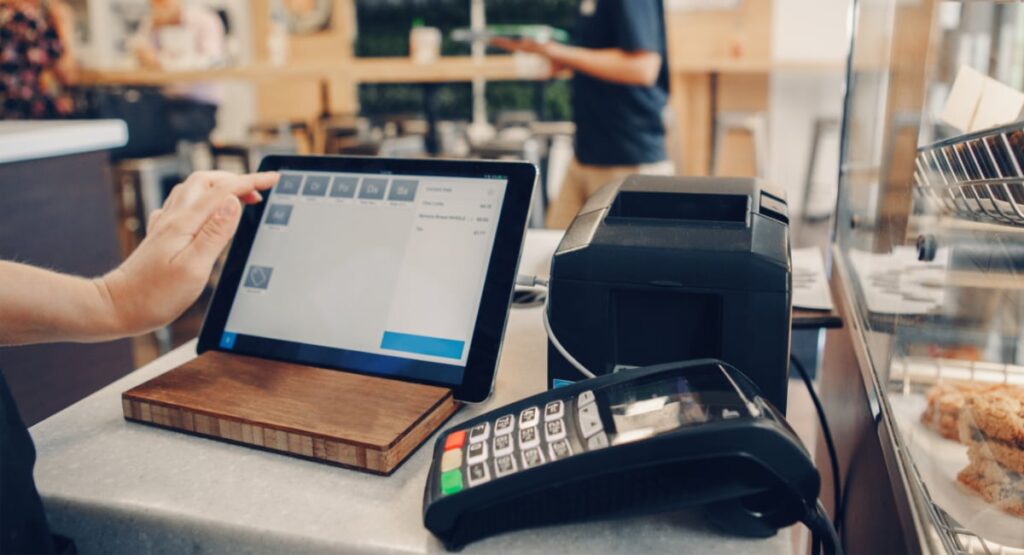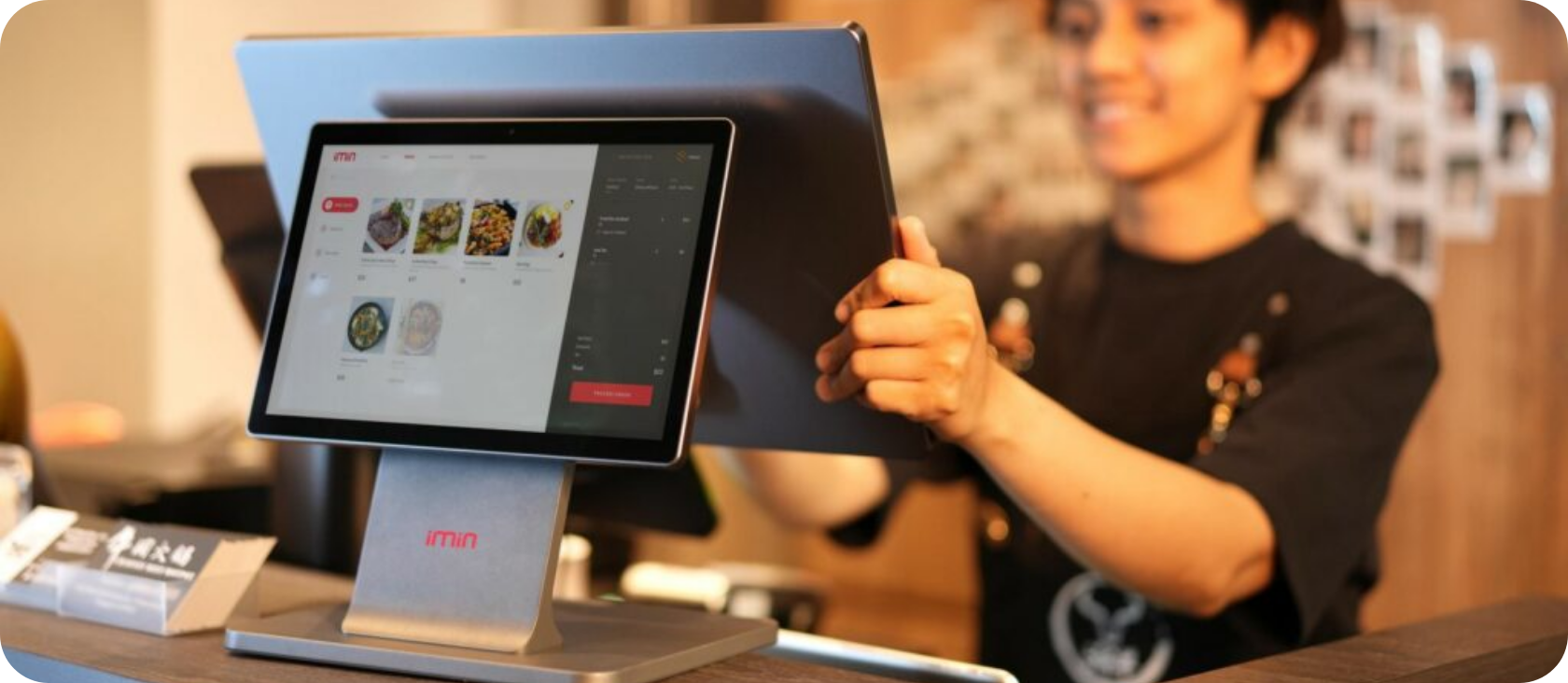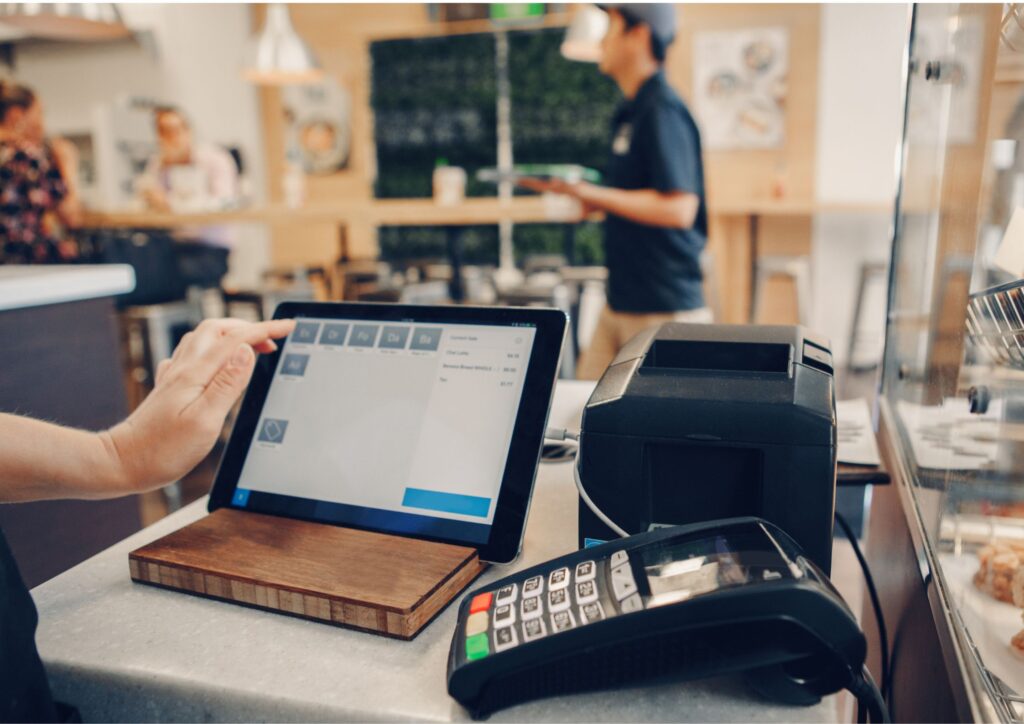Using POS Data to Predict Business Trends

In today’s data-driven world, businesses can no longer rely on intuition alone to make strategic decisions. Whether you’re running a retail store, restaurant, or service-based business, every sale you make is packed with valuable insights. With the right tools, especially a modern Point of Sale (POS) system, you can harness that data to predict business trends, stay ahead of the competition, and make smarter decisions for future growth.
Let’s dive into how POS data helps you spot patterns, anticipate changes, and grow your business proactively.
1. What Kind of Data Does a POS System Collect?
Modern POS systems do much more than process sales—they collect a wide variety of data, including:
- Product sales volume and frequency
- Time and date of purchases
- Inventory turnover rates
- Customer buying behavior
- Employee performance
- Payment methods used
- Sales by location (for multi-store operations)
This data, collected in real time, gives you a dynamic overview of your business performance. And when analyzed correctly, it reveals emerging trends and opportunities you might otherwise miss.
2. Spotting Sales Trends Over Time
By analyzing sales history, POS systems can identify patterns in product performance. For instance, you might discover that a certain product consistently sells more during specific months or days of the week. These insights can help you:
- Plan marketing campaigns around peak seasons
- Adjust staffing during busy periods
- Anticipate demand for specific items and restock accordingly
- Introduce new items that align with customer preferences
Instead of reacting to sales, you’re proactively preparing for them—maximizing revenue and minimizing missed opportunities.
3. Understanding Customer Preferences
Many POS systems include customer relationship management (CRM) tools or can integrate with loyalty programs. This allows you to track:
- What individual customers are buying
- How frequently they shop
- Their average spend per visit
- Favorite products or categories
This information helps you predict customer behavior and create more personalized experiences. For example, if POS data shows that your customers prefer eco-friendly products, you can tailor your offerings or promotions to reflect that trend.
4. Anticipating Inventory Needs
Inventory management is one of the areas where predictive analytics really shines. POS systems track inventory in real time and flag slow-moving or fast-selling items. This allows you to:
- Avoid overstocking items that aren’t selling
- Prevent stockouts of in-demand products
- Adjust purchasing based on seasonal trends
- Reduce waste and save money
Advanced systems can even generate automatic reorder suggestions based on historical sales data, so you’re always a step ahead.
5. Improving Marketing and Promotions
POS data can reveal which promotions were most successful, what time of year they performed best, and which customer segments responded the most. This helps you fine-tune your marketing strategies for better ROI. You can also:
- Create targeted promotions based on purchase history
- Send timely offers that align with predicted behavior
- Avoid discounts on products that would sell well at full price
In essence, your marketing becomes data-driven, not guesswork.
6. Staffing and Operational Efficiency
Business trend data isn’t limited to customers and sales—it also applies to staffing and operations. POS reports can show you:
- Peak hours and slow periods
- Best-performing staff members
- Employee sales and upsell success rates
Armed with this knowledge, you can schedule staff more efficiently, provide targeted training, and optimize labor costs.
Final Thoughts
Your POS system is more than just a cash register—it’s a powerful forecasting tool. By analyzing the data it collects, you can uncover patterns, anticipate customer needs, and plan more strategically. This transforms your business from reactive to proactive, giving you a competitive edge in a fast-changing market.






